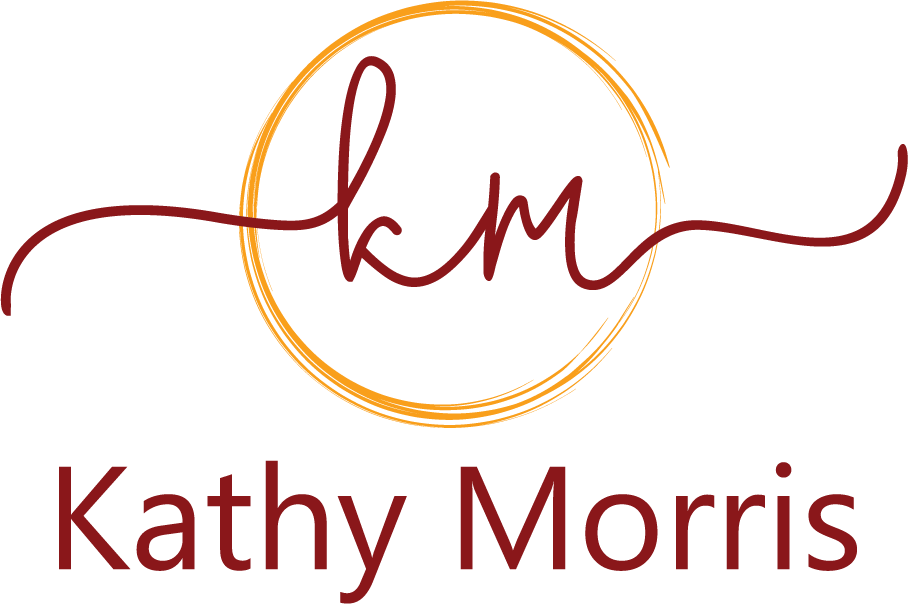
Although I vigorously denied it for four months, a Virtual Meeting really is a Zoom call, but it is so much more.
In March of 2020, when the country “sheltered in place,” the Zoom team recognized the opportunity and stepped up. They made their platform easy to access, addressed security concerns and kept businesses, friends and families connected.

During the Opening General Session, Steve Kirschner – Vice President of Sales, Joints delivered 2020 sales results and the 2021 plan.
So how is a Virtual Meeting different from a Zoom call?

Control of the way presenters are being viewed
Presenters can, and do, originate from anywhere. But behind the scenes, there is a production team in Master Control that decides what the viewer sees (like a director in a television newsroom does).
One presenter at a time or two or more presenters interacting with each other, the Technical Director decides if the viewer sees only the person in the group who is speaking or all of the presenters in the group simultaneously.

Quality of the supporting visuals
On a Zoom call, a participant can share their screen and show (most typically) slides or video. The slides, going through multiple compressions, are often fuzzy; video, jumpy or out of sync.
In a Virtual Meeting, Master Control has copies of the media being presented and synchronizes with the presenter to push the visuals to the audience. Slides maintain the quality of the originals, complete with transitions and animations. Video being delivered from Master Control plays as smoothly as it would from YouTube or Vimeo.

Control of the timing of the event
Much like the Voice of God (or the Goddess) in a ballroom, Master Control can, politely, end a session or let the audience know what time the next session will begin (when presentations run short.)

On Saturday morning, Amanda Earl – Vice President, M.O.R.E. Institute and Matt Delong – Vice President, Product Management discussed the remarkable pivot the M.O.R.E. team made to deliver ongoing professional education to surgeons during the pandemic.













